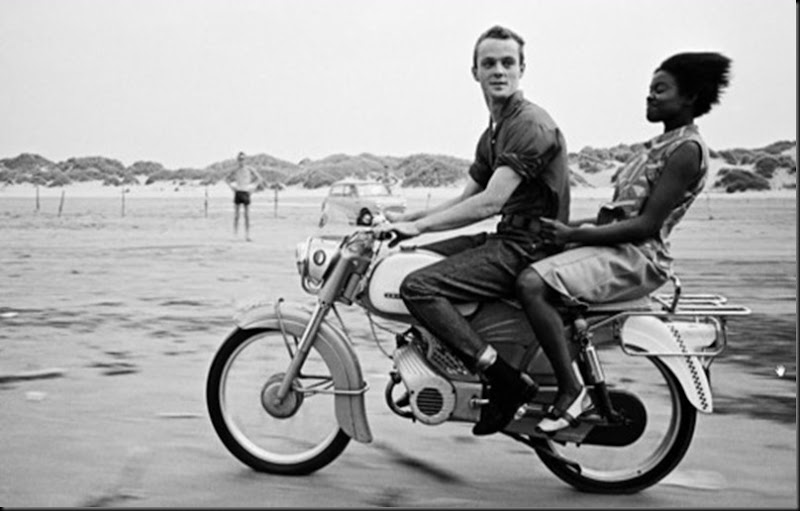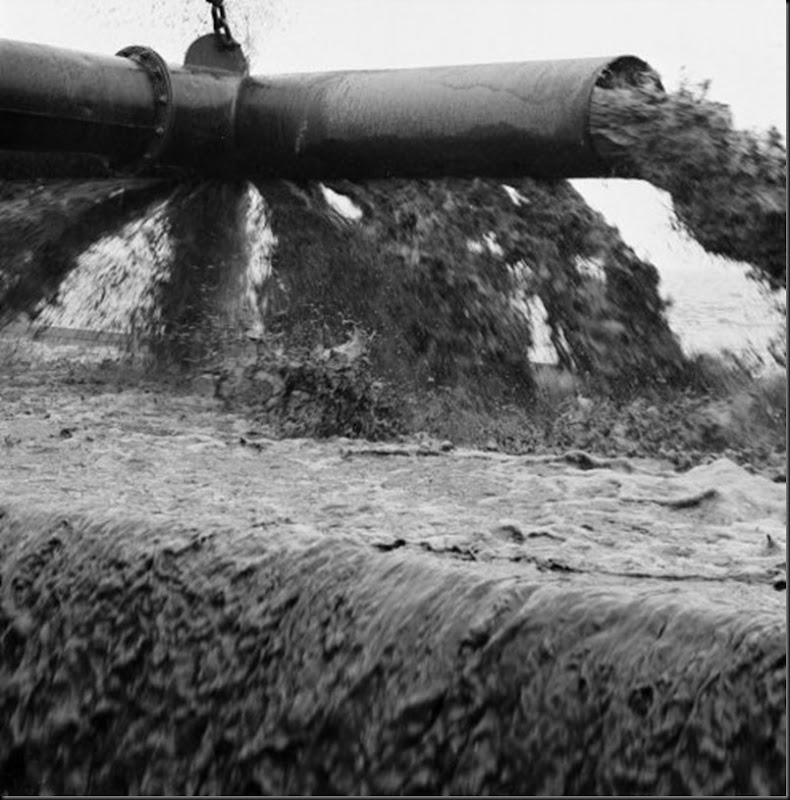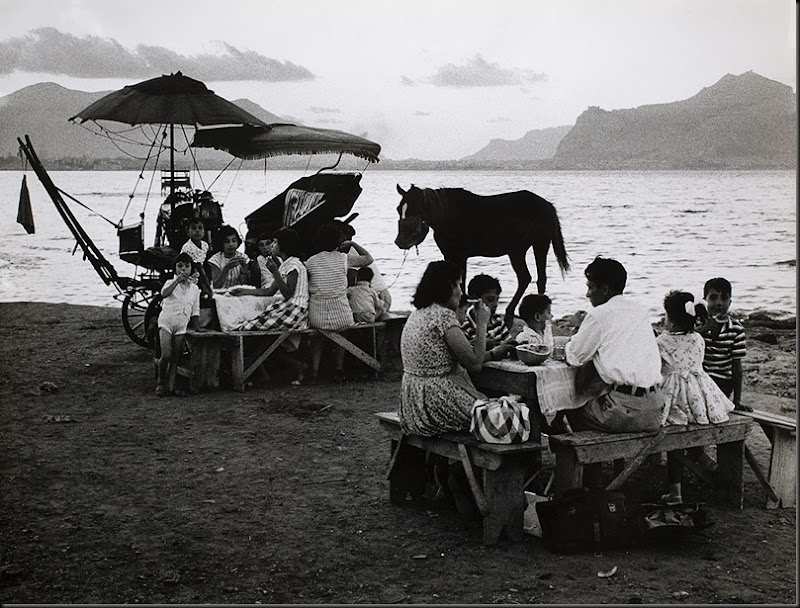During the German occupation he had various jobs as a photographer. In 1943 he was sent to do forced labour in Germany, where he also took photographs. On leave a year later, he went into hiding in the Netherlands. During the last year of the occupation he took photographs for the resistance movement which were sent to England. After the liberation he and Maria Austria, Henk Jonker and Wim Zilver Rupe founded the Particam photographers' collective, specialising in ballet, theatre and cabaret. Particam owed its monopoly position partly to a method developed by Klein for making slow films more sensitive, avoiding the use of flash photography during performances.
In 1956 Klein left Particam and set up on his own. Henceforth he did regular work for the broadsheet Algemeen Handelsblad and produced a large number of photo-books. Most of his subjects were typically Dutch - ports, industry, water and the Delta engineering project. The last of these was documented in Klein's Delta. Stromenland in beweging, published in 1967. The photographs in this book are characteristic of his work, with pronounced black-and-white contrasts and a predominance of lines and planes. People do not feature prominently in Aart Klein's work, unlike that of many photographers of his generation. His conception of landscape photography is entirely personal.
Klein often knew exactly what he was looking for, and would spend hours waiting for the right picture. 'I am infinitely patient. I can lie in the grass for hours on end, waiting to take that one photo. I often know precisely what I want to photograph, the photo is already in my mind, but it needs a little something. The picture is too empty. I wait for that one glint of sunlight, that one bird flying overhead. ...' (Haagse Post, May 5 1990). The frequently recurring bird in his photographs once prompted a former assistant to remark that Klein always had a seagull in his bag when he went out to take pictures (Het Parool, July 29 1989).
After taking his pictures, a major part of the artistic process took place in the darkroom. By introducing strong contrasts while developing and printing his films, Klein gave his photos a pronounced graphic character. As he himself once said: 'My photography is classified as black-and-white, but it's really the other way round: white on black. That's because if you don't do anything you get a black image. Things only happen when you open the shutter: that's when you make a drawing in white.'
In 1986 De Beyerd gallery in Breda staged a Klein retrospective; a box with two portfolios of his work was published to mark the occasion. In 1982 he received the Capi-Lux Alblas Prize; in 1996 the Fund for the Visual Arts, Design and Architecture awarded him the photography oeuvre prize.
Looking at Aart Klein's oeuvre we see more than fifty years of postwar photography pass by. Landscape and industry in the Netherlands are frequently recurring themes. Other themes encountered in his oeuvre are typically Dutch too. Klein's photos of the Delta works, his photos of scaffolding, a barn in Yerseke or the war cemetery at Margraten have become part of our collective memory. nederlandsfotomuseum
 Klompen, jassen en laarzen zijn achtergelaten bij de ingang van een arbeidersbarak, 1e werkkamp (bouw Haringvlietdam) te Hellevoetsluis (1957)
Klompen, jassen en laarzen zijn achtergelaten bij de ingang van een arbeidersbarak, 1e werkkamp (bouw Haringvlietdam) te Hellevoetsluis (1957)
All images © Aart Klein















Nessun commento:
Posta un commento